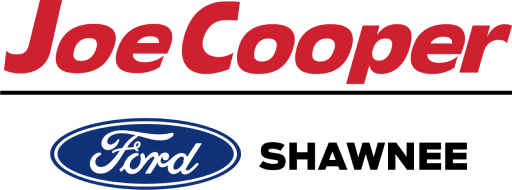Fuel Types: What’s The Difference? Your Guide | Shawnee, OK

We’ve all done it – pulled up to the pump, looked at those numbers and wondered what they possibly could mean. Well, there’s no need to wonder anymore because this week we are diving deep into what those numbers and fuel types mean. So, take a few minutes to go over all of that below and be sure to stop in to see our team when you’re ready to upgrade into a brand new Ford model! We have plenty to choose from this May – hurry on in!
The real difference between fuel types:
- The most obvious difference between fuel types is the price point that comes along with them. When you pull up you’ll notice that “premium” fuel is more expensive and it’s a pretty obvious difference. In fact, premium fuel usually runs about 20 cents higher than regular fuel.
- In addition to those price tags, premium fuel has a higher octane level. The numbers you see, 92, 83 and 87, indicate how much octane is in the fuel. So in order to differentiate the octane levels, premium is a higher number and regular gas has a lower number.
What is octane?
Great question! Octane is how much compression fuel can withstand before igniting within your engine. A higher octane fuel will not pre-ignite or explode as quickly as lower octane gas. So, it’s important to fill up with the right fuel especially if your vehicle requires premium fuel.
The right fuel matters and here’s why:
Every vehicle on the road today is designed differently and designed specifically to run on a certain type of fuel. And while it might seem like a great idea to fill up with a cheaper fuel option, it could leave you with a damaged vehicle and a hefty repair bill. If you choose to fill up with lower levels, combustion will occur faster and could lead to issues like your engine to make knocking noises, reducing your car’s power and fuel economy, and potentially causing engine damage.
Let’s reverse the roles, shall we? If you choose to use a higher octane fuel when you usually use regular, the risk isn’t as great. But it also won’t give you any real benefits. So, what’s the point? Well, there is none! Just fill up the tank with the recommended fuel level. And if you’re not sure what that may be, take a look in your owner’s manual or give us a call today!



